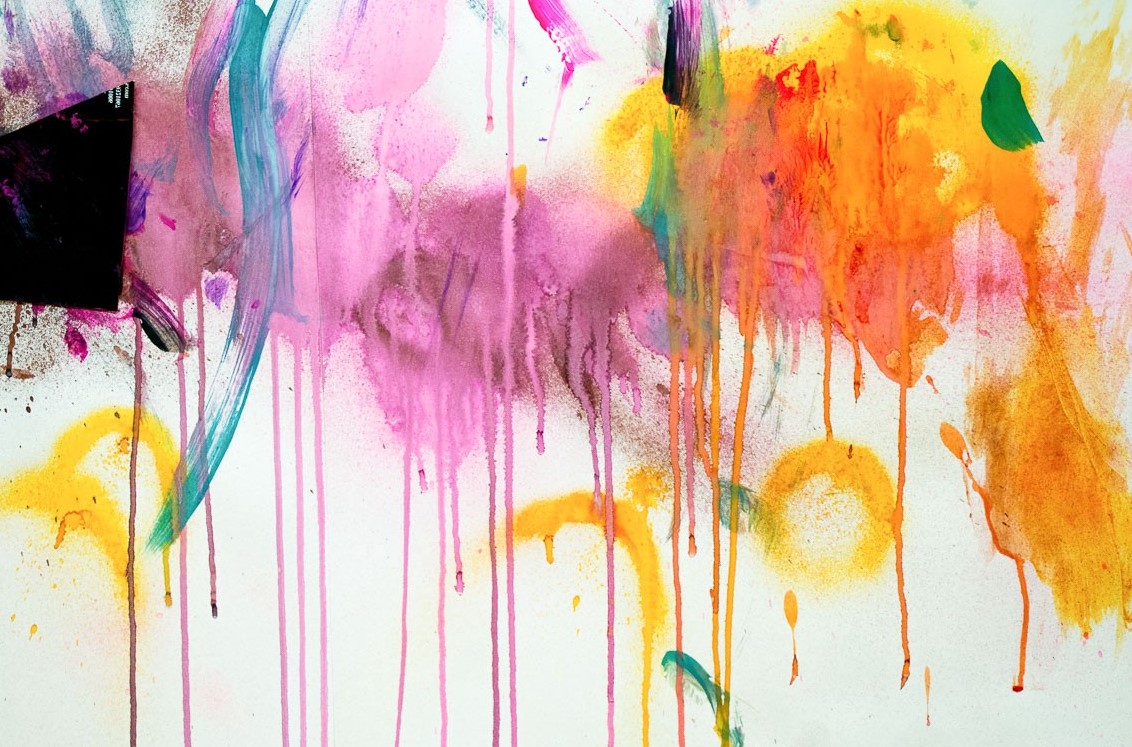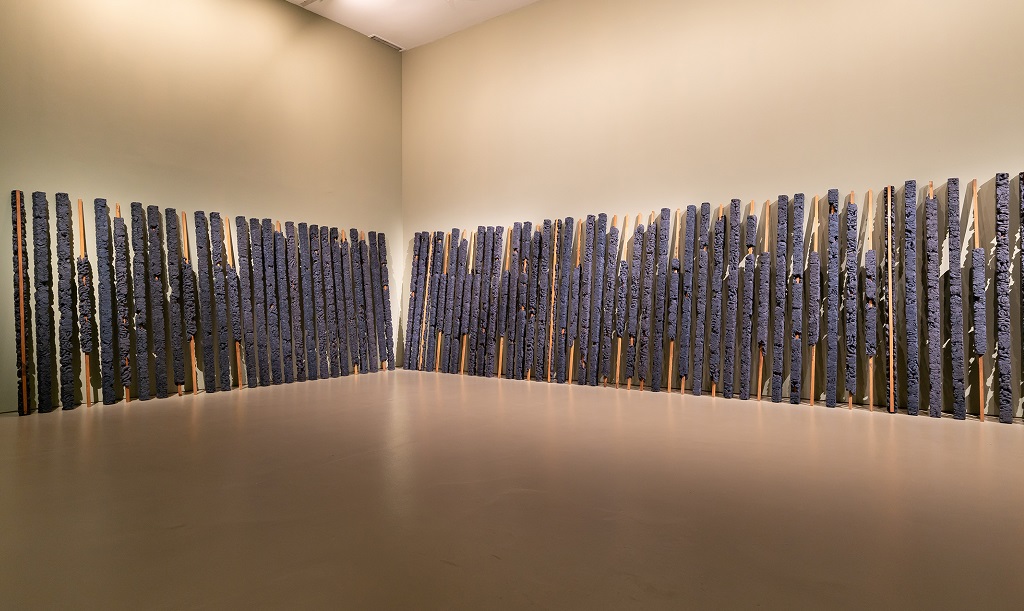Would you like to learn more about art classes before you decide to devote your years at university to this course? You do, of course, because high school art classes are completely not the same as a college course. That’s why the curriculum should be studied regularly to help you assess whether this is what you really want. The very last thing you need is to waste your college life for two years, and know that your major isn’t for you.
 This article will help you explore the difference between medium and material in art. You are possibly aware of the basic art classes in your childhood and teenage years. Furthermore, if you’ve taken these types of lessons for an extracurricular activity from exclusive institutions, chances are that you may be much more knowledgeable in the arts than your schoolmates. Within these private schools, pupils or little Picassos are in reality taught an in-depth knowledge of the arts as well as advanced skills training. A typical tutorial is made up of many facets, and is not only an opportunity to find out info on medium versus material in art.
This article will help you explore the difference between medium and material in art. You are possibly aware of the basic art classes in your childhood and teenage years. Furthermore, if you’ve taken these types of lessons for an extracurricular activity from exclusive institutions, chances are that you may be much more knowledgeable in the arts than your schoolmates. Within these private schools, pupils or little Picassos are in reality taught an in-depth knowledge of the arts as well as advanced skills training. A typical tutorial is made up of many facets, and is not only an opportunity to find out info on medium versus material in art.
Here are four simple art lessons that you’ll have to take to pursue a college art degree.
Art Project-College art events
Designed to illustrate the focus of just what you have learned in relation to the arts right from the start to the present. For example, pointillism is a painting technique in which small, distinct dots of pure color are used in patterns for creating an image. Charles Angrand is a popular pointillism artist, you’ll be learning a lot more about him in class.
Art appreciation-Appreciation of art
Includes the vocabulary of art. You can acquire knowledge of exactly how to identify techniques and features that painters use in their work. You should have the understanding of the movements that constitute art history, such as Impressionism and Pop Art, to be absolutely understandable.
Art History class
That goes hand in hand with art appreciation is known as Art history. It will entail familiarity and life with well-known artists. You will acquire knowledge about the history of painting, how to understand how the past has impacted the present and how subsequent painters have influenced the art world. For general, art history is taught as pupils are exposed to techniques.
Art Activities-Art
Activities are very important to complete your art project, while studying and exercising specific skills. An example of an operation is blind contour drawing, in which you can draw without looking at or watching your hands when drawing. You will learn theory about the concept of “bench” with experience in this process, and many others.

